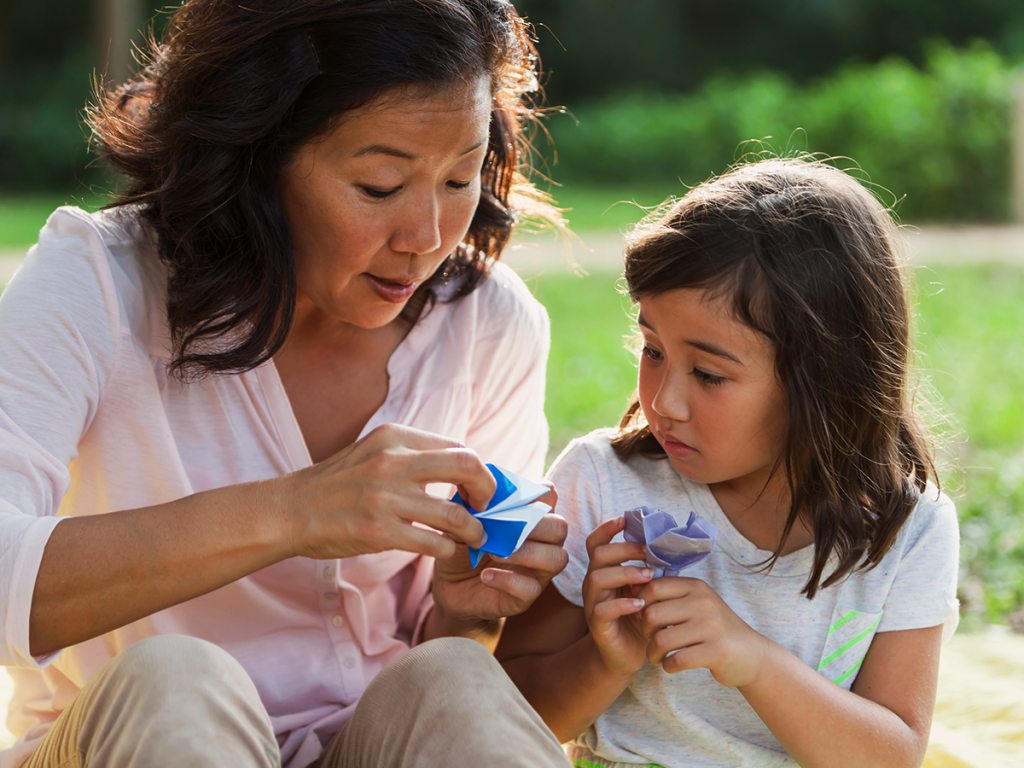Why Won’t My Child Just “Get It”? Understanding Social Communication Challenges
Navigating the Social World Isn’t Always Easy
Some children can talk clearly but still struggle to connect with others. They may miss social cues, find it hard to hold conversations, or seem “off” during interactions. These are signs of social communication difficulties—a less visible but very real challenge that can affect friendships, classroom life, and confidence.
What Are Social Communication Difficulties?
Social communication (also called pragmatic language) is how we use language to interact with others. It includes things like:
- Taking turns in conversation
- Using appropriate tone, volume, and body language
- Understanding jokes, sarcasm, or implied meaning
- Staying on topic or shifting smoothly when needed
- Knowing how to start or end a conversation
When these skills don’t develop as expected, a child might be described as having a social communication disorder or difficulty.
How Might It Look Day to Day?
Every child is different, but signs may include:
- Talking “at” people instead of with them
- Interrupting frequently or going off-topic
- Struggling to make or keep friends
- Taking things very literally
- Not noticing when others are bored or confused
- Having trouble with group work or unstructured play
These difficulties can lead to frustration, isolation, or behaviour challenges—not necessarily because the child doesn’t want to connect, but because they’re unsure how.
Who Might Experience These Challenges?
Social communication issues can occur in:
- Children with autism spectrum disorder
- Children with ADHD, language delays, or learning differences
- Children with no formal diagnosis, but who are simply struggling socially
- Late talkers or those with a history of speech/language delays
It’s also possible for very verbal children to mask social difficulties until demands increase (e.g., starting school).
What Can Help?
With the right support, children can improve their social communication skills. Strategies may include:
- Teaching specific conversation skills (e.g., how to join a group)
- Practising social scripts or role-playing situations
- Building awareness of nonverbal cues like facial expressions and tone
- Using visuals or social stories to explain abstract concepts
- Coaching in real-life settings like playgrounds or classrooms
Support works best when it’s consistent and tailored to the child’s needs.
Is Speech Therapy Useful?
Yes. Speech-language therapy is one of the most effective ways to support children with social communication difficulties. Speech therapists are trained to assess both the content of language and its social use, and intervention is tailored to an individual’s unique needs, developmental level, and environment.
Speech therapy usually involves:
- Comprehensive assessment of strengths and challenges
- Goal-setting based on real-life communication needs
- Individual or group sessions to teach and practise specific skills
- Collaboration with families, teachers, and other professionals
- Ongoing monitoring and adjustment of therapy plans
At Magic Beans, our therapists use effective approaches and materials, including
- Social Thinking® (by Michelle Garcia Winner), a teaching framework that helps children learn how their thoughts, feelings, and behaviours affect others. It focuses on building social awareness, understanding unspoken rules, and thinking flexibly in social situations. This approach is best suited for verbal children who struggle with social understanding rather than language itself.
- Talkabout (by Alex Kelly), a structured social skills programme that teaches children key skills in a clear sequence—starting with self-awareness and moving to communication, friendships, and problem-solving. It often involves role-play and practical activities to support learning. The programme works well for children who benefit from repetition, structure, and guided social practice.
- Video Modelling that involves showing children short videos of self or others demonstrating specific social skills—like joining a game or starting a conversation—followed by practice. It helps children learn by watching, making it especially effective for visual learners. This approach can improve understanding and confidence in real-life situations.
With early and appropriate intervention, many children make meaningful gains in their social communication skills, leading to better relationships, greater confidence, and improved participation at home, in school, and in the community.

